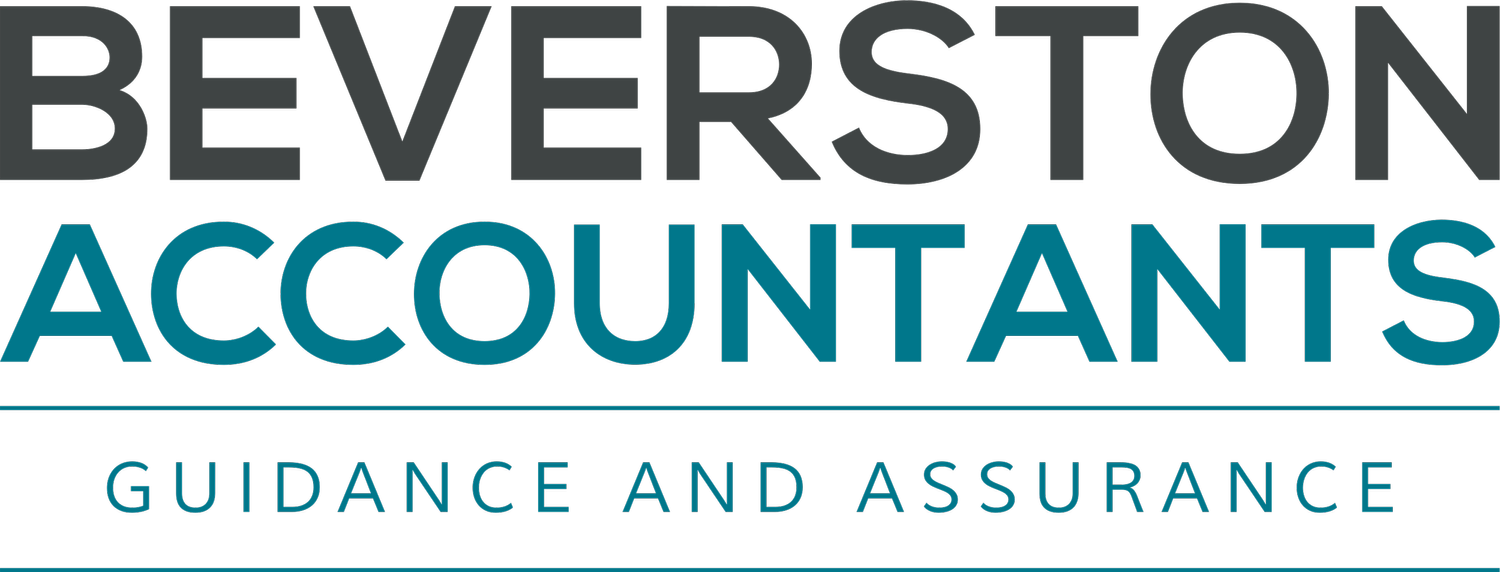2024/25 - Optimum director salary and dividends
If you operate your business as a limited company, you are likely to be a director with a majority shareholding.
If that is you, please read on to learn more about how you should be paying yourself….
This article covers the most tax-efficient pay structure for the 2024/25 tax year (6 April 2024 to 5 April 2025).
As a director and shareholder of a company, you can pay yourself with a combination of salary and dividends. Each year, we help our clients get the proportion of salary and dividends correct to take advantage of the tax and NI rates and thresholds, ensuring they are (legally) paying the least amount of tax.
BEWARE - The strategy which we propose below works in most circumstances. However, there are instances where this might not be advisable.
• If the director has other income, such as a pension or property income, it might be better not to have a salary and only receive a dividend.
• If the director has a service contract the company will be legally required to pay the national minimum wage, which is likely to be more than this email proposes.
• Dividends should only be declared where there have been sufficient profits to distribute. Where a company has insufficient profits, a higher salary might be the only option.
If we operate your payroll and deal with your personal tax affairs, we will assess this for you. However, you should let us know if there are any changes in circumstances which affect this.
What is the optimum level of salary and dividend?
Taking a low salary with a top-up income from dividends is the preferred strategy.
How much salary?
The optimum salary for a director is £12,570 per year (£1,047 per month).
The personal allowance and the primary NI threshold are now aligned at £12,570. By paying this amount and no more, the director will not pay employees NI. However, will still gain a qualifying year towards the full state pension.
A sole director-operated business cannot claim Employment Allowance. When paying the recommended amount of £12,570, the secondary earnings limit of £9,100 is exceeded, and employers NI, amounting to £478, would be payable.
However, by paying the higher amount of £12,570, the corporation tax savings are greater than the employers NI payable.
Calculating and paying the employers NI
There are two methods of calculating this through the payroll software: the “annual earnings basis” or the “alternative basis.” The amount of employers NI is the same with either method. However, the annual earnings basis is preferred because NI becomes payable only when the director receives a salary over £9,100. With a monthly salary of £1,047.50, this will occur at month 9.
How much dividend?
With regards to dividends, assuming you have a decent amount of profit and you wish to take dividends up to the higher tax band, but no further, then this would leave you with the following:
£41,170 of dividend headroom if paid £9,100 (£50,270 higher tax band – £9,100 salary).
£37,700 of dividend headroom if paid £12,570 (£50,270 higher rate band - £12,570 salary).
Also, note that the company receives corporation tax relief for the element which is salary.
It's important to plan out and document the payment of dividends. We can plan this for you and prevent HMRC from assessing that these are not dividends and should be salaried instead.
The above is a basic outline of this legitimate tax planning.
Every company is different, and you should discuss this with us to ensure a tailored approach.
2023/24 allowances and thresholds behind these workings
National insurance thresholds
Lower Earnings Limit: £6,396 per year (£533 per month)
If you pay yourself a salary above this amount, you will protect your entitlement to future state pension and benefits without paying any national insurance.
Primary Threshold: £12,570 per year (£1,047.50 per month)
If you have a salary above these thresholds, you will personally pay NI.
Secondary Threshold: £9,100 (£758 per month)
If you pay yourself above this level, you will not pay employee NI, but the company will pay employers national insurance.
Personal allowances and income tax bands
For 2023/24, the personal allowance is unchanged at £12,570 – this means your first £12,570 of income is tax-free.
For income above the personal allowance, the following tax rates apply (these do not apply to dividends):
20% basic rate - £12,571 to £50,270
40% higher rate - £50,271 to £125,140
45% additional rate - £125,140 +
Tax on dividends
The 0% tax rate applies for the first £500 of dividend income.
Dividend income within the basic rate band is taxed at 8.75%.
Dividend income within the higher rate band is taxed at 33.75%.

